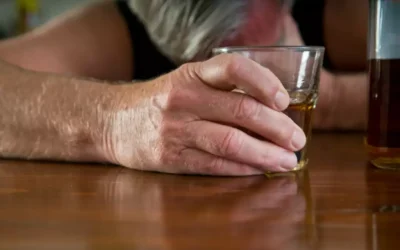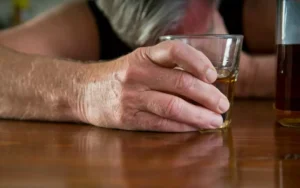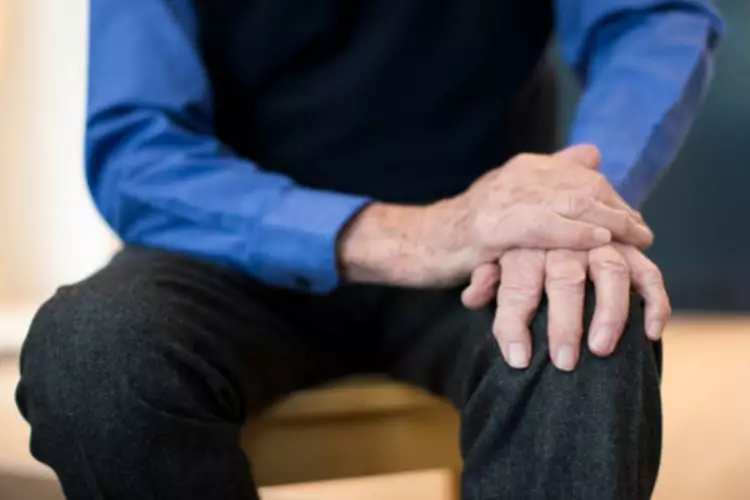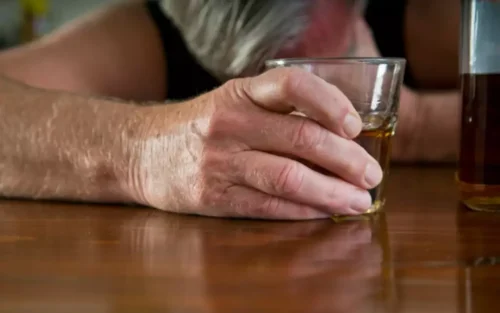
Synthetic benzodiazepines, sometimes called “street,” “designer,” or “novel” benzos, are classified as schedule I. The opportunity to co-use benzodiazepines supported by their accessibility, availability and finances 13, 53 facilitated the binge pattern of co-use in our sample. In contrast, the curated co-use pattern points to considerable deliberation about each day’s co-use. Similarly, Chang et al., found that polysubstance use is characterised by a ‘delicate balance, planning, and calculation’ (p30) 54. Through provision of visual images alongside local testing data during the interview we were able to ascertain that ‘MSJ’ tablets circulating in Teesside contained bromazolam, which has been linked to drug related deaths throughout England and Wales 42.
Prescribing interventions
Benzodiazepines are usually a secondary drug of abuse-used mainly to augment the high received from another drug or to offset the adverse effects of other drugs. Pharmacologic dependence, a predictable and natural adaptation of a body system long accustomed to the presence of a drug, may occur in patients taking therapeutic doses of benzodiazepines. However, this dependence, which generally manifests itself in withdrawal symptoms upon the abrupt discontinuation of the medication, may be controlled and ended through dose tapering, medication switching, and/or medication augmentation. Due to the chronic nature of anxiety, long-term low-dose benzodiazepine treatment may be necessary for some patients; this continuation of treatment should Alcoholics Anonymous not be considered abuse or addiction. Our findings, also suggest that a change in prescribed OAT, benzodiazepines or other psychoactive medications triggered a change in co-use pattern.

Benzodiazepines Uses
- An addiction to benzodiazepines is unique because it often begins as a way to treat a genuine anxiety or panic disorder.
- This should be discussed with them, and psychotherapy or appropriate pharmacotherapy offered.
- Victoria L. Leigh, DO, FACOI, an internal medicine specialist with Providence St. Joseph Hospital in Orange, CA, said in certain cases, benzodiazepines may be used first, such as with anxiety experienced by cancer patients and hospice or palliative care patients.
- The FDA has a Black Box Warning about the dangers of benzos when mixed with other substances, including prescription painkillers and alcohol.
- The approximate number of benzodiazepine tablets taken in our study is similar to previous research by Ross et al. 43 which reported a median of three tablets but a wide range of 1–150 tablets, but did not report the strength or content of the tablets taken.
For all patterns, at least one participant reported a near-fatal overdose and a trend is observed, where a higher proportion of participants prescribed methadone reported near-fatal overdoses compared to participants prescribed buprenorphine. As described above, not all co-use patterns were daily patterns, and not all patterns involved high doses of benzodiazepines and/or opioids which may give the sense of a lower risk of fatal overdose compared to daily, less controlled patterns of co-use (patterns 5–6). However, as highlighted at the end of each pattern, non-fatal overdoses did occur. Potential explanations for this are because of an unexpectedly strong batch of benzodiazepines/z-drugs or because they had temporarily switched into a less controlled pattern of co-use. It’s important to note that people were also aware that benzodiazepines and opioids could be a fatal combination, and specifically combined these drugs to intentionally overdose. First we (HF, GV and HP) read and re-read transcripts and discussing with the wider team the patterns identified, and coding participant’s descriptions of co-use and near-fatal overdose experiences using NVivo (Release 1.7.2 (1560)).
Benzodiazepine Abuse & Addiction
After someone takes an overdose, the effects may not become immediately obvious. The most common reason for misuse overall was to relax or relieve tension, followed by to help with sleep. Older adults were significantly more likely to endorse misuse to help with sleep, while they were much less likely to report misuse to get high. Model is adjusted for all respondent demographic, clinical, and substance use characteristics presented as rows in the table. Presence of MDE and suicidal ideation are not included in the model as per NSDUH instructions (26), as those variables are used to generate the Presence of mental illness variable. Because just 3 of 44 characteristic x age interactions in bivariate tests were statistically significant,d,e,f characteristic-by-age interactions were not included in the adjusted model.
The peer researcher asked the main questions, developing a rapport with the participant, and the university researcher asked for further detail as appropriate. Participants received £10 cash or vouchers, depending on the policy of the recruiting organisation, as a token of thanks. The university researcher debriefed participants and peer researchers separately. Interviews were recorded, transcribed (intelligent verbatim) and anonymised. More serious problems, such as life threatening breathing problems, sedation, or coma, can occur if lorazepam is used alongside opioid medications such as codeine, oxycodone, and tramadol. Lorazepam may also be used for short-term anxiety related to a medical procedure, she said, such as when people experience panic symptoms in the confined space of an MRI machine.
What is Benzos Abuse?
Figure 1 and the quote below gives an example co-use timeline for this pattern, reported by participant 31 (female, Glasgow). The approximate number of benzodiazepine tablets taken in our study is similar to previous research by Ross et al. 43 which reported a median of three tablets but a wide range of 1–150 tablets, but did not report the strength or content of the tablets taken. In our study, we found that co-use binges, co-use throughout the day, and benzodiazepine/z-drug use throughout the day plus OAT, were characterised by higher overall daily intake of benzodiazepine/z-drug tablets compared to the other three patterns.
Skin Care

Some biological risk factors for benzodiazepine abuse include female gender and elderly age group. A noteworthy statistic about benzodiazepine abuse is that women are more likely than men to be prescribed and therefore exposed to a benzodiazepine compared to men. Being of the elderly age group is also a risk factor for the abuse of benzodiazepines since physicians may inappropriately prescribe benzodiazepines for elderly individuals with depressive symptoms.

Getting help with substance misuse
Most significantly, the 1970 Controlled Substances Act categorized benzodiazepines asSchedule IV drugs, which means the drugs have a high potential for abuse, addiction, and have limited medical uses. If you’re in Denver, Colorado Springs, Boulder or anywhere in Colorado, there are resources for benzo addiction treatment, including The Recovery Village at Palmer Lake. Contact us today to discuss treatment options that can work well for your needs. Benzodiazepine overdose symptoms can especially occur in people who take large doses, take the drug more frequently than they’re supposed to, or mix it with other substances. Benzodiazepine overdose symptoms are also more common when people crush up the drug and inject it.
- Our findings that women, older, and non-Hispanic white respondents had higher use of benzodiazepines is consistent with previous work (1, 2, 39–41).
- Benzodiazepines, often referred to as benzos, are prescription drugs used to treat a broad spectrum of physical ailments and mental health disorders.
- Participant 25 (Male, Teesside) reported a near-fatal overdose through this co-use pattern that resulted in him being hospitalised and in a coma for over a month.
- Most forms of benzodiazepines come in pill form for oral consumption, but some brands, such as Valium, can also be taken intravenously in the form of a clear, odorless liquid.
Associated Data
Most forms of benzodiazepines come in pill form for oral consumption, but some brands, such as Valium, can also be taken intravenously in the form of a clear, odorless liquid. While legal when prescribed, there is a black market for benzodiazepines, often used when people can no longer get them as prescription medication. Some street terms for benzodiazepines include tranks, downers, bars, sticks, French fries, ladders, or simply benzo(s). There is significant concern regarding overprescribing of benzodiazepines and the resultant harms.

Care guides
High-risk patients or those with unstable medical conditions or a significant seizure history may benefit from admission to an inpatient service for stabilisation or withdrawal. Urine drug screening is benzodiazepine withdrawal complicated by the presence of benzodiazepine metabolites. Care should be taken in interpreting the results as some metabolites are themselves parent compounds. For example, temazepam and oxazepam are metabolites of diazepam, which may lead the practitioner to conclude that the patient had been taking other benzodiazepines during diazepam treatment.
